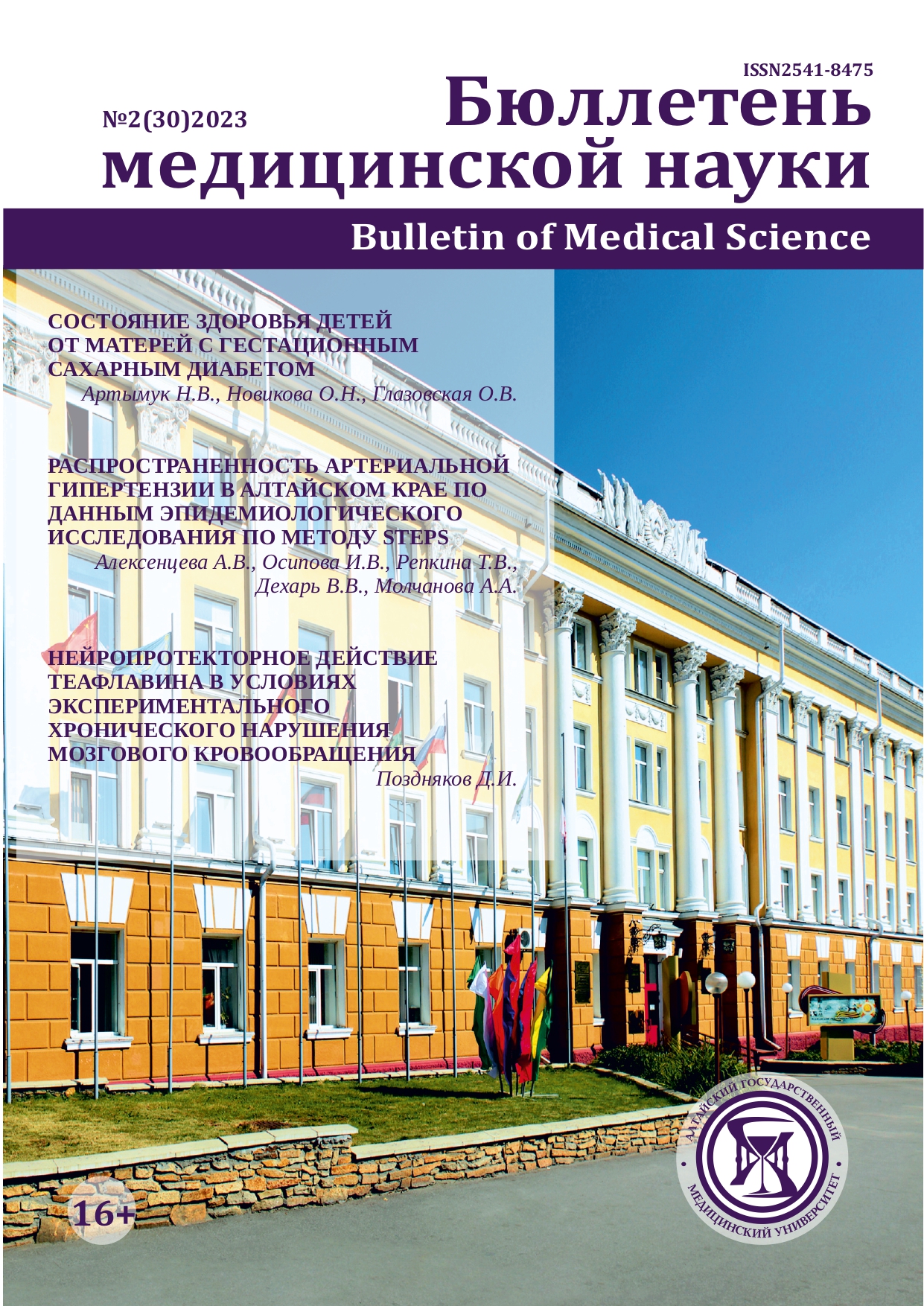FACTOR XIII POLYMORPHISM IN RECURRENT MISCARRIAGE: UNRAVELING THE PATHOGENESIS OF COAGULATION SYSTEM DYSFUNCTION
UDC 618.39:615.151.5:575.174.015.3
DOI:
https://doi.org/10.31684/25418475-2023-2-35Keywords:
miscarriage, endometrial fibrosis, factor XIIIV34L gene polymorphismAbstract
Objective: to determine the effect of the factor XIIIV34L gene polymorphism on the formation of endometrial fibrosis in women with a history of spontaneous and recurrent miscarriage. Materials and methods. An open-controlled group study was conducted that included 38 women with spontaneous miscarriage, 37 women with recurrent miscarriage and 55 women with normal reproduction. An examination was performed for the carriage of polymorphisms in the hemostasis system, the profile of embryotropic autoimmune antibodies was studied, and a morphological study of the endometrial biopsy was performed. The influence of factor XIII on the process of tissue regeneration, the relationship between the carriage of factor XIIIV34L gene polymorphism, and the development of endometrial fibrosis in patients with miscarriage were studied. The carrier frequency of this polymorphism was determined in the case of miscarriage and normal reproduction. Results. The prevalence of polymorphism of the factor XIIIV34L gene in women from Tomsk with normal reproduction was 30.9% for the heterozygous variant and 3.6% for the homozygous variant. In the case of spontaneous miscarriage, the carriage of heterozygous polymorphism was 42.1%, homozygous - 5.3%. With recurrent miscarriage, heterozygous polymorphism occurred in 56.6% of women, homozygous - in 16.3% of women. A significant difference was found in the frequency of the appearance of this polymorphism between women with spontaneous and recurrent miscarriage (p=0.01), as well as between women with recurrent miscarriage and normal reproduction (p=0.0001). The presence of active autoimmune inflammation in the endometrium after loss of pregnancy in carriers of factor XIIIV34L gene polymorphism contributes to the formation of moderate fibrosis in 88.7% of cases and severe fibrosis in 73.8% of cases. Conclusion: Inclusion of a PCR test for the factor XIIIV34L gene polymorphism and ELISA of immunological markers of autoimmune endometritis in the algorithm for examining women with loss of pregnancy will allow the formation of a risk group for subsequent endometrial fibrosis for personalized rehabilitation and preparation before pregnancy.
Downloads
References
Downloads
Published
How to Cite
Issue
Section
License
Copyright (c) 2023 Татьяна Николаевна Александрова, Сергей Юрьевич Юрьев, Ирина Георгиевна Куценко, Галина Александровна Михеенко

This work is licensed under a Creative Commons Attribution 4.0 International License.












